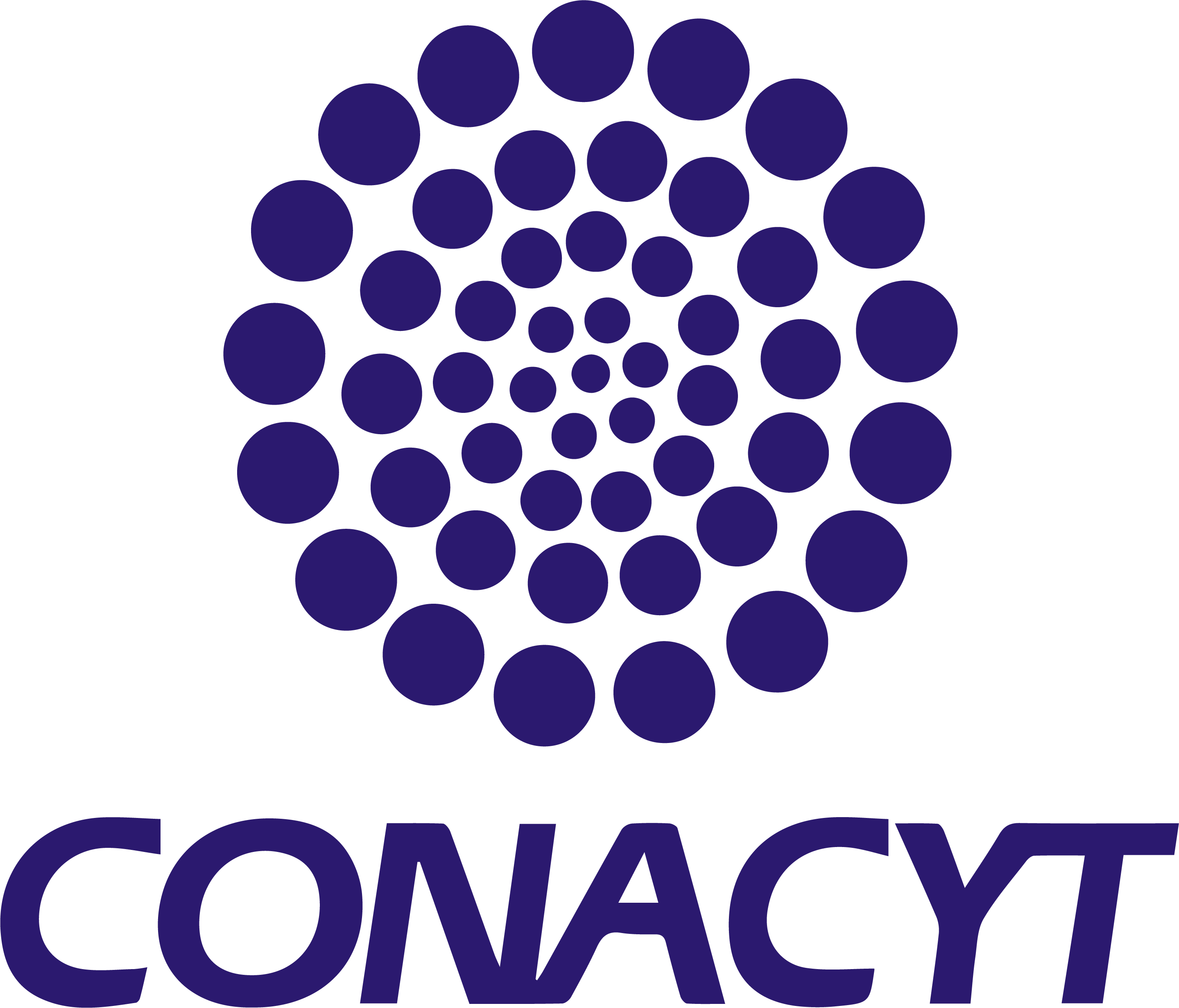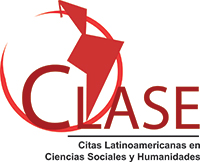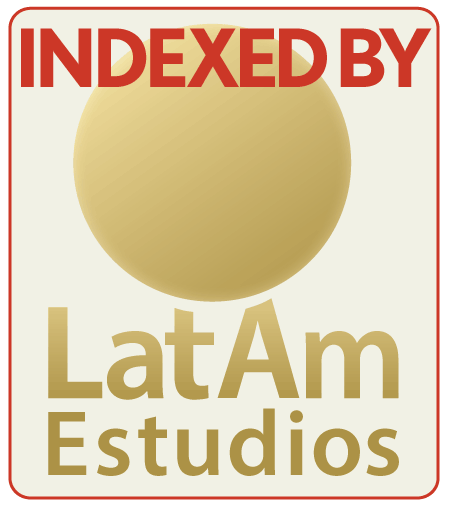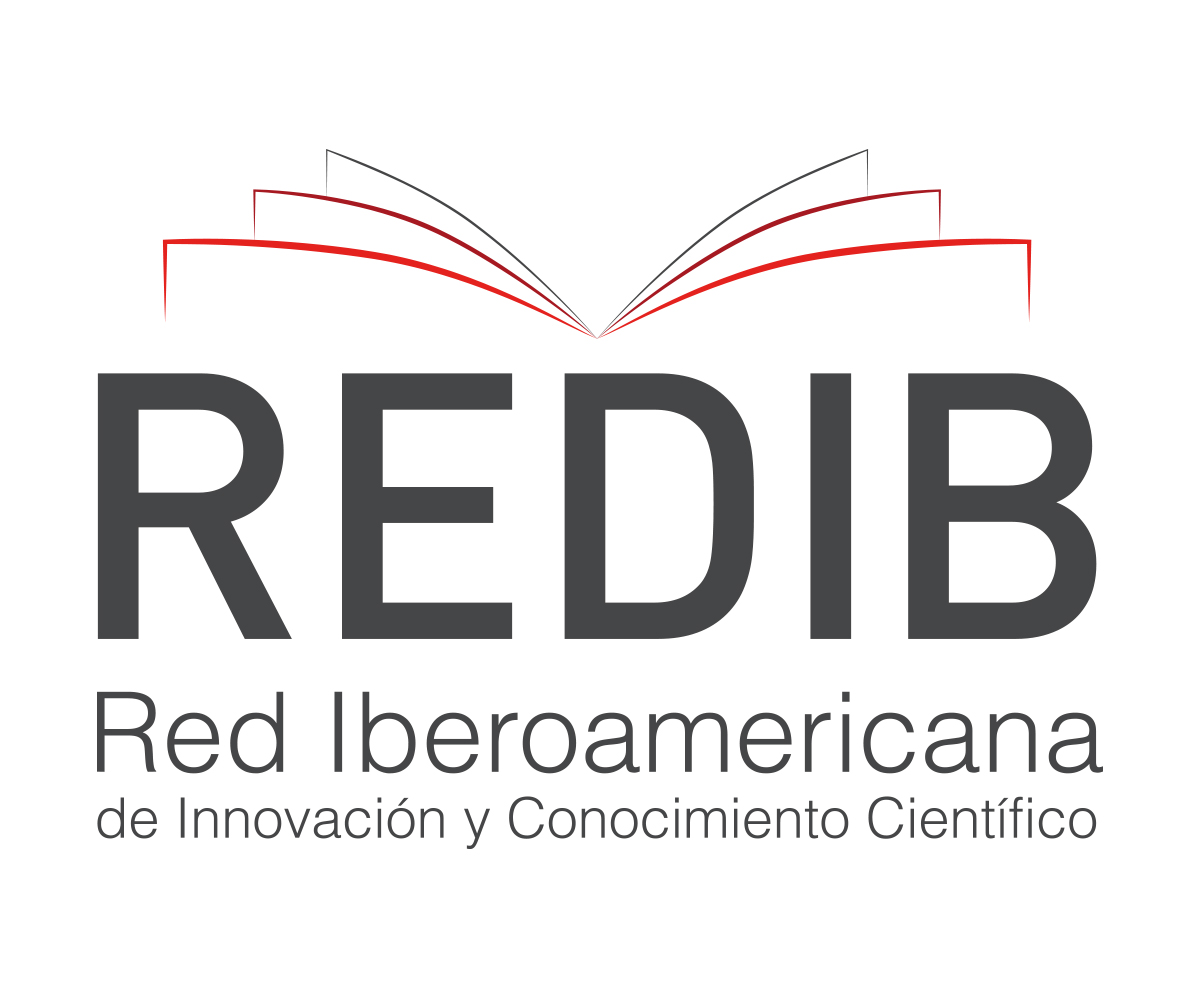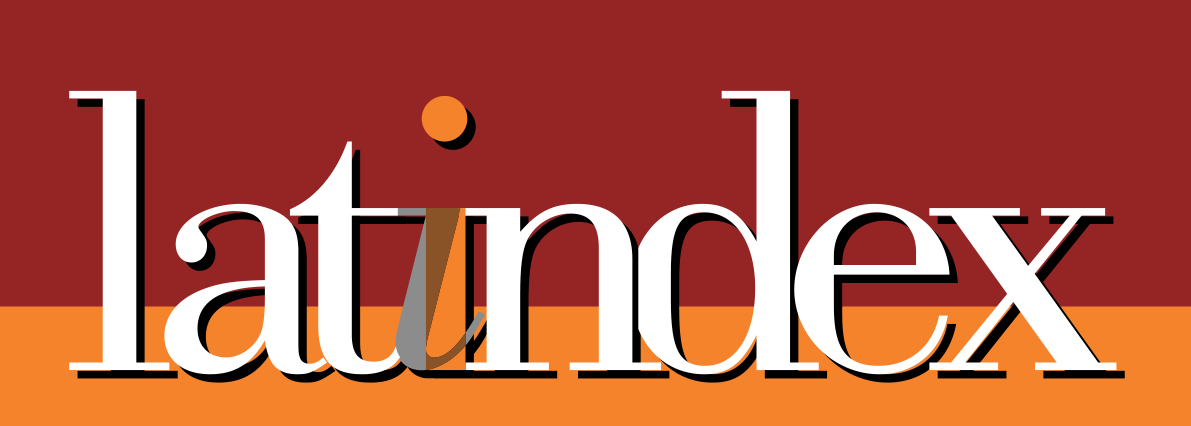FIMALOF, a graphical user interface for brain signal treatment and source localization
Abstract
The electroencephalographic (EEG) signals need to be treated and processed due to the fact that they contain different artifacts. Generally, specialized software tools are used for that purpose. In the present work, a graphical user interface (GUI), FIMALOF (Filtering, Mapping and Source Localization) is introduced, which consists of a group of programs that do specific tasks for brain signals treatment, including digital filters, and decomposition signals techniques such as Independent Component Analysis (ICA), ICA-Low-pass filters, and Empirical Mode Decomposition (EMD). Moreover, it is possible to generate EEG synthetic signals through a mathematical relationship based on the brain's electrical characteristics. The synthetic EEG signals allow validating the proper functioning of the implemented filters. The interface is able to process real EEG signals. Thus, the software tool is introduced as an alternative to existing solutions, in order to process the EEG signals.
Downloads
References
Delorme, A y Makeig, S. (2004). EEGLAB: an open source toolbox for analysis of single-trial EEG dynamics including independent component analysis, Journal of neuroscience methods, 134(1), 9–21.
EMOTIV, Epoc +. Consultado el 30 de Septiembre de 2024. https://www.emotiv.com/epoc/.
Excellent Brain, Excellent brain EEG visualizer. Consultado el 30 de Septiembre de 2024. https://excellent-brain.com/eeg-visualizer/
FieldTrip, Getting started with Loreta. Consultado el 30 de Septiembre de 2024. https://www.fieldtriptoolbox.org/getting_started/loreta/
Huang, NE, Attoh-Okine, NO. (2005) The Hilbert-Huang transform in engineering. CrC Press.
Hyvarinen, A, Oja, E. (2000). Independent component analysis: Algorithms and applications. Neural Networks, 12, 411-430
Jiang, X., Bian, G. Bin, & Tian, Z. (2019). Removal of Artifacts from EEG Signals: A Review. Sensors, 19(5): 987, https://doi.org/10.3390/S19050987
Kirsch A. (1996). An introduction to the mathematical theory of inverse problems. Springer Verlag
Malvino A. P. (2000) Principios de Electrónica, Mc Graw Hill, 747 España.
Morín M., Netzahualcóyotl C., Oliveros J., Conde J., & Santillán A. (2019). Identificación Estable de Fuentes asociadas a Focos Epilépticos ubicadas sobre la Corteza. Revista Mexicana de Ingeniería Biomédica, 40, 1-14, DOI: dx.doi.org/10.17488/RMIB.40.3.5.
Nayak CS, Anilkumar AC (2024, 30 de Septiembre). EEG Normal Waveforms. In: StatPearls. Treasure Island (FL): StatPearls Publishing. https://www.ncbi.nlm.nih.gov/books/NBK539805/.
Panayiotopoulos, CP, Benbadis, SR, Beran, RG, Berg, AT, Engel, J, Galanopoulou, Jr. AS, Kaplan, PW, Koutroumanidis, M, Moshe, SL, Nordli, DR,
Serratosa, Jr., J.M., Sisodiya, S.M., Tatum, W.O. Valeta, T., Wilner, A. (2010). Atlas of Epilepsies. Springer-Verlag London, pp. 225-234.
Santillán, A., Heute U., Stephani U., Galka A. (2017). Comparison of different methods to suppress muscle artifacts in EEG signals. Signal, image, and Video Proc Journal, 11, 761-593
Santillán A., Ramírez H., Oliveros J., Morín M. & Ramírez-Díaz H. (2018). Interfaz Gráfica Intuitiva para el Procesamiento de Señales EEG. Memorias Del Congreso Nacional De Ingeniería Biomédica, 1, 146-149. https://memorias.somib.org.mx/index.php/memorias/article/view/623
Santillán Guzmán, A., Morín Castillo MM., Rodríguez Domínguez, AM., Vargas García, JR., Oliveros Oliveros, JJ. (2021). Interfaz Gráfica de Usuario para la Generación de un EEG Sintético. Memorias de la Vigésima Conferencia Iberoamericana en Sistemas, Cibernética e Informática CISCI, Orlando, Florida, USA.
Swartz Center for Computational Neuroscience, What is eeglab? Consultado el 30 de Septiembre de 2024. https://sccn.ucsd.edu/eeglab/index.php.

This work is licensed under a Creative Commons Attribution 4.0 International License.
In order to promote the development and dissemination of research in education in Latin America, the Ibero-American Journal for Educational Research and Development (RIDE) adhered to the Budapest Open Access Initiative, which is why it is identified as a Open access publication. This means that any user can read the complete text of the articles, print them, download them, copy them, link them, distribute them and use the contents for other purposes. Creative Cummons licenses allow users to specify the rights to use an open access journal available on the Internet in such a way that users know the rules of publication. Authors who publish in this journal accept the following conditions: Authors they keep the author's rights and give the magazine the right of the first publication, with the work registered with the attribution license of Creative Commons, which allows third parties to use the published material whenever they mention the authorship of the work and the first publication in this The authors can make other independent and additional contractual agreements for the non-exclusive distribution of the version of the article published in this journal (eg, include it in an institutional repository or publish it in a book) as long as they clearly indicate that The work was published for the first time in this magazine. Authors are allowed and recommended to publish their work. low on the Internet (for example on institutional or personal pages) before and during the review and publication process, as it can lead to productive exchanges and to a greater and faster dissemination of the published work





